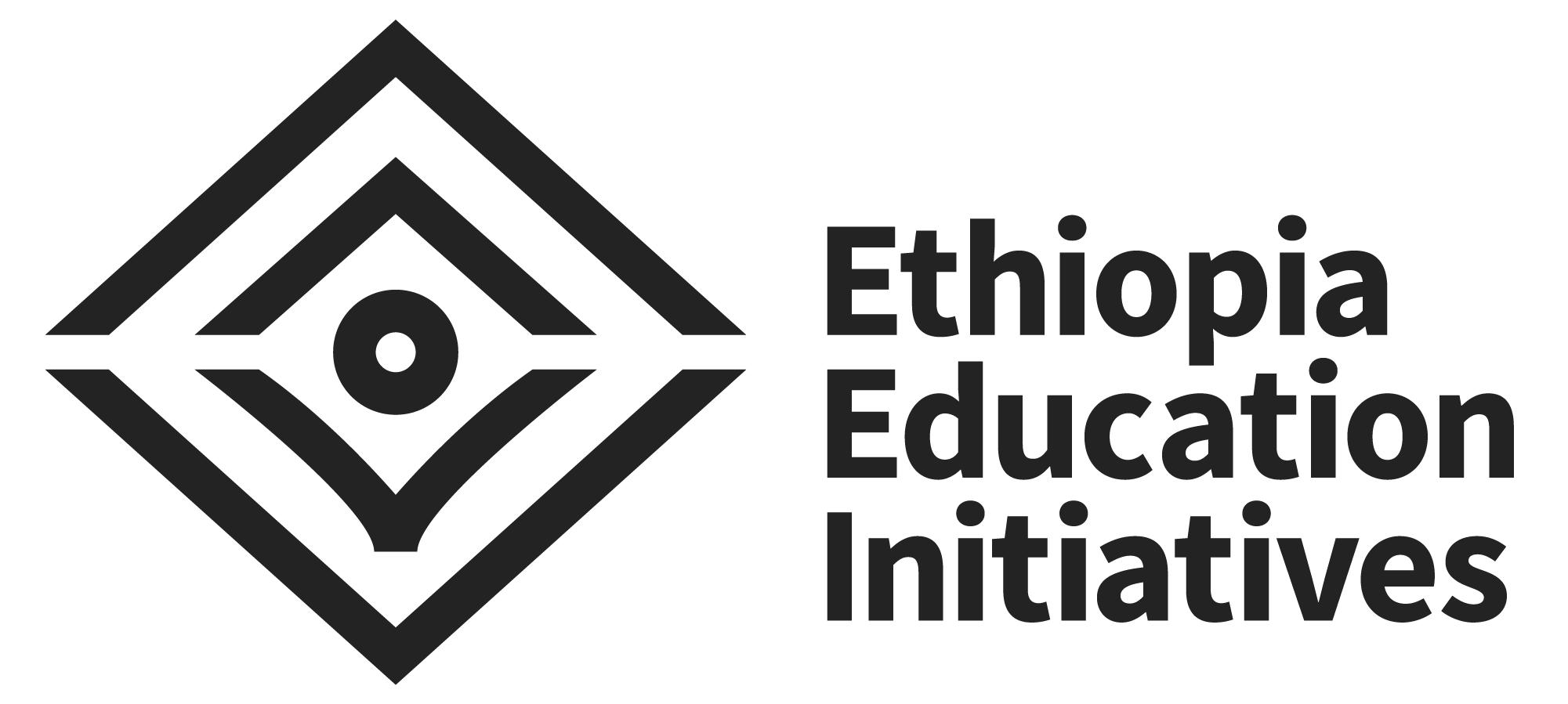HMA Magic
Peter Thorp is a Senior Advisor at EEI.
There is a quote, attributed to Michaelangelo, that has stuck with me since my days as an art history major at Williams College, where he says, “The sculpture is already complete within the marble block, before I start my work. It is already there, I just have to chisel away the superfluous material.” Throughout my 4 decades as an educator, from developing the San Francisco Public Charter School experience to a start-up school in Rwanda, this ethos has defined my educational philosophy. Yet nowhere have I found this value permeate so strongly though every person and moving part than at Haile-Manas Academy.
When I arrived in Debre Birhan in 2021, for a short term engagement, I was met with an incredibly strong culture of student engagement. I noticed student relationships were more than just simple care—it was genuine love. HMA is a magical place; the magic is made, operationalized, and it sometimes sneaks up on you and surprises you. It was obvious that the magic of HMA was already in flow so my job quickly became, “How do I build on this special culture?”
At HMA, faculty are much more than just teachers, they are instrumental figures in bringing about personal growth in students, and because HMA is a boarding school, it is essential our teachers are committed to the tripod value style of HMA: classroom work, extracurricular activities, and the residential program, which includes not only dorm life but also advisory.
At the outset, HMA created a house system with units called “Gojos,” gojo meaning “house” or “nest” in Amharic. The system places students in small Gojo groups of about 10-12 students to meet 3-4 times a week with their faculty advisor. My time as a Gojo faculty advisor was one of the most fulfilling roles I have held. Every meal was shared with my students, it was a time to crack jokes, have social emotional conversations, and (sneakily) challenge their English language acquisition with a little sarcasm. Our Gojo was a safe homebase for continued personal growth, not just for the students but also a chance for me to better my pedagogical skills. It was in these moments that I saw my students’ form start to take shape and I could better understand how I could encourage them.
My mealtime observations inspired me to approach the development of student leadership differently. In my years of education, I have found that all too often student councils can fall into a trap of only mobilizing for dance funding (as an example), and I felt that this was an opportunity to release student leadership potential. We created a student council that mirrors the Ethiopian government, where each student council position is modeled after an Ethiopian ministry. We have Ministers of Education (serving on the Academic committee along with faculty), Environment, Health and Residential Life, etc. The student council later appointed a Minister of Values, who acts as the student representative navigating complex conversations around developing and living HMA’s values. It is one example of HMA’s magic—putting our students’ potential to work in a way that gives back. Each “Minister” came to the council with a portfolio of ideas and tasks; that led to greater investment and higher accountability–all governments should function so well!
At HMA, students have the support of their peers and teachers; they realize their own potential, they dream bigger and are eager to pursue whatever avenue they can to move closer to their goals. HMA’s magic lies in the harmony among its moving parts, all working towards a common goal to unleash the unlimited potential contained within our students and to give them the knowledge, support, and resources so they may fly.
